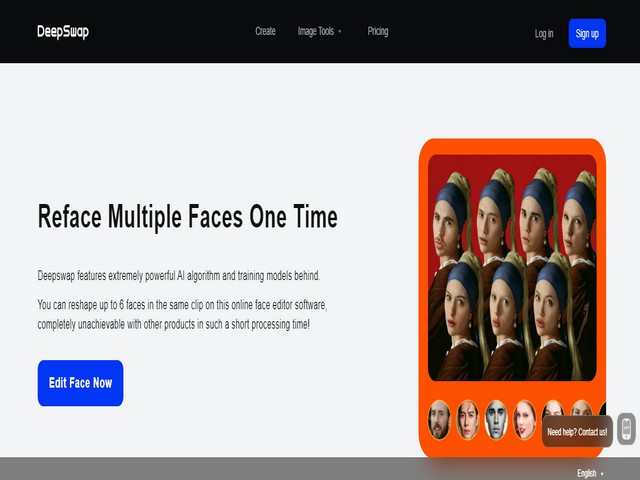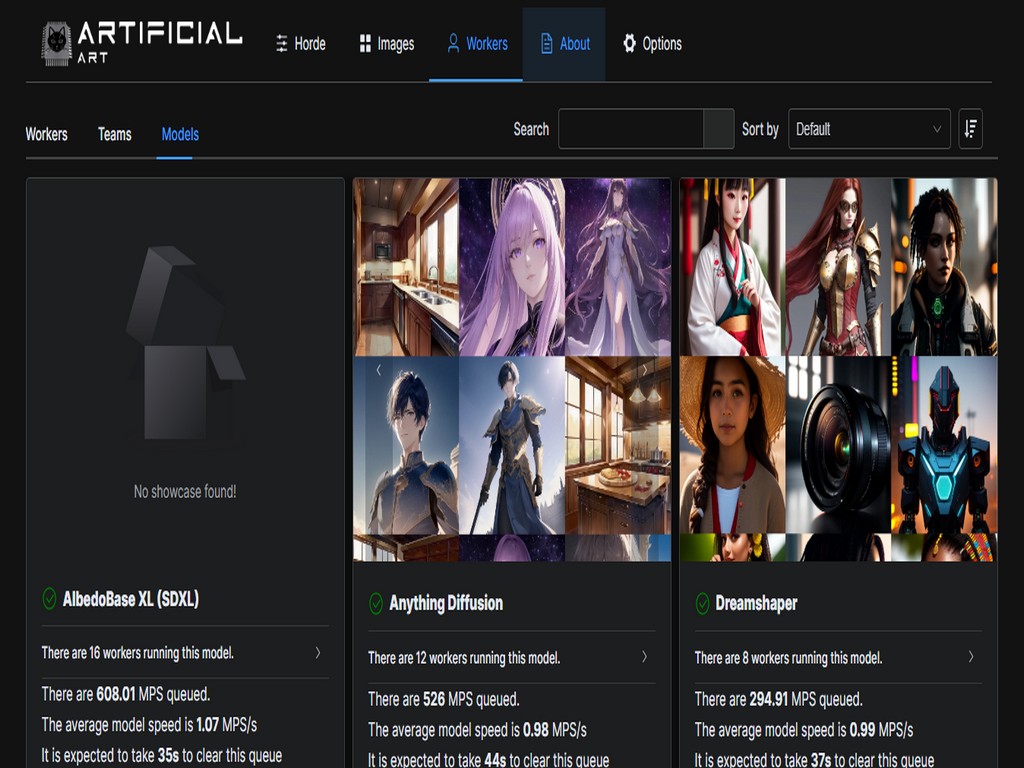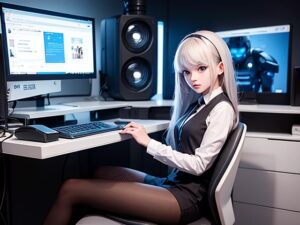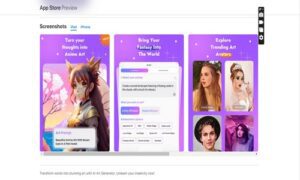
Artificial Art: Your Gateway to Creative Possibilities
Artificial Art is like a magical toolbox that helps you create amazing pictures using special computer tricks. Imagine you have a box of crayons, but instead of coloring on paper, you’re coloring on a computer screen, and the computer can understand what you want to draw!
Here’s how it works: You tell the computer what kind of picture you want to make, maybe something like a sunny beach scene or a galaxy filled with stars. Then, you can add your own unique style to it, like making the colors brighter or giving it a special texture. The computer then takes all of this information and works its magic to create a beautiful image just for you.
The best part is, you don’t need to be an expert artist to use Artificial Art. It’s designed to be easy and fun for anyone to try. You can experiment with different styles and ideas until you find the perfect picture that matches your imagination.
So whether you’re a budding artist looking to explore your creativity or just someone who loves making cool pictures, it is your gateway to endless creative possibilities۔

Introduction to Artificial Art
it represents an innovative fusion of technology and creativity, offering individuals the opportunity to generate stunning images using advanced computer algorithms. Unlike traditional art mediums, which require manual skill and technique, Artificial Art leverages the power of artificial intelligence (AI) to interpret user input and produce visually captivating results. This emerging field has gained significant traction in recent years, with advancements in AI enabling more sophisticated image generation techniques.
Understanding Image Generation
Image generation is the process of creating visual content from scratch or modifying existing images using computational methods. In the context of it, image generation involves inputting parameters such as style, color palette, and composition into specialized algorithms, which then generate an image based on these specifications. This process often employs techniques such as neural networks and deep learning to analyze and replicate artistic styles, textures, and patterns.
Exploring the Tools of Artificial Art
Artificial Art platforms typically provide users with a range of tools and features to manipulate and customize their creations. These may include options for selecting different artistic styles, adjusting color schemes, applying filters and effects, and fine-tuning various aspects of the image. Additionally, some platforms offer advanced functionalities like style transfer, which allows users to apply the characteristics of one image to another, creating unique and imaginative compositions.
How to Use Artificial Art: A Step-by-Step Guide
Using Artificial Art platforms is often intuitive and user-friendly, making it accessible to individuals with varying levels of technical expertise. To create an image, users typically start by selecting a base image or specifying parameters such as style and composition. They can then experiment with different settings and adjustments until they achieve the desired result. Many platforms also offer tutorials and guidance to help users navigate the creative process effectively.
Unlocking Creative Potential with Artificial Art
Artificial Art empowers individuals to unleash their creativity and explore new artistic possibilities. By providing a platform for experimentation and expression, it encourages users to think outside the box and push the boundaries of traditional art forms. Whether you’re a seasoned artist looking for innovative tools or a novice exploring your creative potential, it offers a wealth of opportunities to create, innovate, and inspire.
Examples and Applications of Artificial Art
it has applications across various industries and domains, from graphic design and advertising to entertainment and fashion. Artists and designers use it to generate concept art, create visual effects for films and video games, and produce eye-catching marketing materials. Additionally, researchers leverage Artificial Art techniques for scientific visualization, data analysis, and computational creativity projects.
Future Developments in Artificial Art Technology
As AI technology continues to evolve, the capabilities of Artificial Art are poised to expand even further. Researchers are exploring new algorithms and methodologies to enhance image generation techniques, improve realism and fidelity, and enable more interactive and immersive experiences. Additionally, advancements in hardware, such as graphics processing units (GPUs) and cloud computing infrastructure, are enabling faster and more efficient image processing and rendering.
Conclusion: Embracing Creativity with Artificial Art
it represents a fascinating intersection of technology and creativity, offering exciting possibilities for artists, designers, and enthusiasts alike. By harnessing the power of AI, individuals can create breathtaking images, explore new artistic styles, and push the boundaries of visual expression. As the field continues to evolve, it promises to revolutionize the way we think about and engage with art, unlocking new avenues for creativity, innovation, and collaboration.



